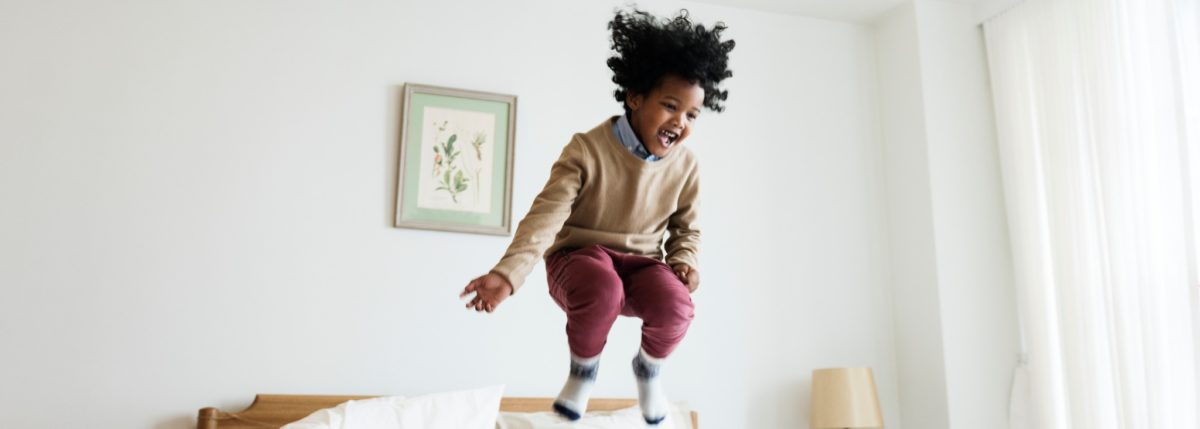Buzzing Bella
I babysit for a little girl named Bella* with brown, curly hair and an adorably raspy voice two sizes too big for her. She’s 4-years-old, stubborn, impetuous and an absolutely brilliant liar. She’s prone to tantrums marked by a glass-shattering whine created by strategically raising the pitch of her raspy little voice that’s meant to coerce the listener into yielding to her every will. It’s remarkably effective, at least around me. Truth be told, I love every nuanced bit of her, perhaps because I was equally capricious when I was her age. However, it might also have something to do with the fact that both our pancreases decided to quit their jobs when we were just babies.
One evening about a month ago, as I was tucking Bella into bed, she shared a story with me about the time her insulin pump tubing became kinked in the middle of the night.
“My blood sugar was so high that my mom had to wake me up and give me a shot because she couldn’t buzz me,” she shared solemnly.
Now, let me explain. Bella calls bolusing “buzzing” because her insulin pump vibrates after each bolus has been delivered. This means she will say things like, “Can you buzz me for this cookie?” or “How much do you buzz me for a yogurt?” It’s one of the many charming things about her, and my heart melts every time I hear it.
I could tell that this was a big moment for her; confiding this traumatizing experience was probably something she had never been able to do with anyone else because they wouldn’t quite understand.
“You must have been so scared!” I said sympathetically. “You know, that’s happened to me before, too.”
“Really?” she asked, peeking over the covers.
“Yup, it happened to me a few weeks ago,” I told her. “Except my pump site was so itchy that I accidentally pulled it off in my sleep without realizing!”
Her eyes widened in awe and I could almost see the cogs turning in her head. “What happened to your blood sugar?”
“It was almost 400 when I woke up. I felt so sick, and I couldn’t go to work that day.”
She clapped her hands to her mouth dramatically and looked back at me with her big, brown eyes. Then, she asked in the raspiest, cutest, baby whisper, “So your mom buzzed you all night and she didn’t know it wasn’t working?”
For a moment, I wanted to cry at her beautifully innocent question. It occurred to me then that the notion of taking care of her own diabetes—rather than being cared for by an adult—had never crossed her lovely mind.
Treading carefully, I broke the news: “Well, actually, I buzz myself, Bella. When you get older, your mom and dad stop buzzing you and you get to do it all by yourself.”
There are no words to describe the look of sheer joy on her beautiful face upon hearing this news. We sat in silence for several moments as she stared into the distance dreamily, imagining the day when she would know exactly how much to bolus for a cookie and expertly press the buttons on her pump all by her grown-up self.
“I’m gunna buzz myself one day,” she said factually, as if she were the one informing me of how the process works.
“Yes you will. And you know what else?”
“What?” she asked, her voice full of anticipation.
“By the time you’re my age, there might even be a cure…and then we won’t have to buzz ourselves ever, ever again.”
*Names have been changed.
Read more on babysitting:
- So You’ve Found a Babysitter for Your T1D Child – Now What by Sarah Lucas
- The Nanny Diaries: Now I Understand by James Austin
- The Nanny Diaries: Managing Type 1 Across Two Households by James Austin
- The Sitter’s Checklist by Sara Jensen





